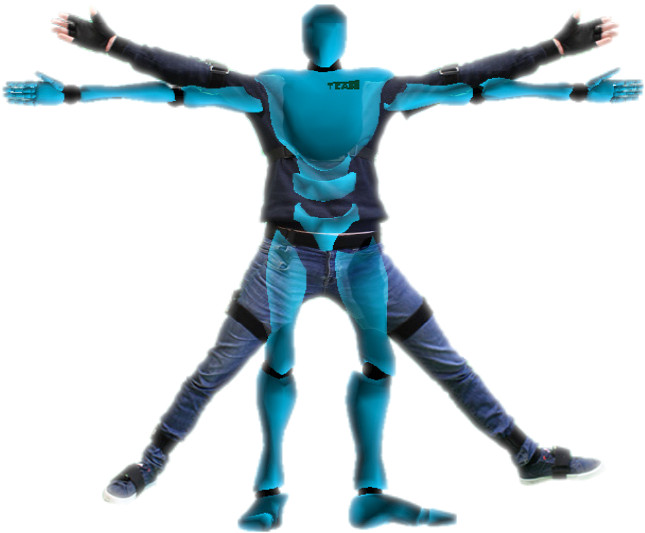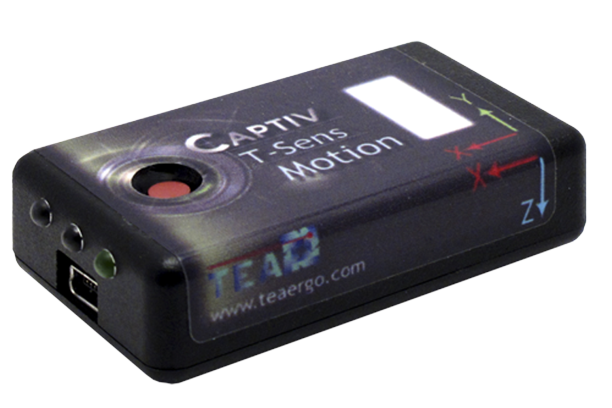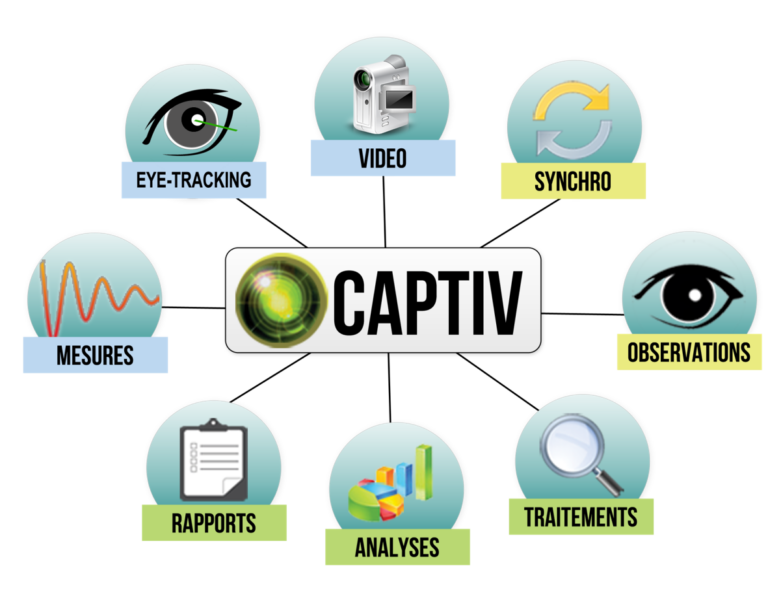T-Sens wireless motion sensors integrate a 3-axis accelerometer, a 3-axis gyroscope, and a 3-axis magnetometer with powerful fusion algorithms. Measurements are extremely robust overtime against vibrations, disturbances in the magnetic field and can be recorded in challenging environments

IMU, or Inertial Measurement Unit, is a device that measures and reports a body’s specific force, angular rate, and orientation of the body. These sensors have an integrated 3-axis accelerometer, a 3-axis gyroscope, and a 3-axis magnetometer, with powerful fusion algorithms that provide precise measurements of human body motion. These wireless sensors enable motion capture in real-world environments, without the need for external capture cameras. The data is then streamed into CAPTIV, a software that enables accurate displays and analysis of human body motion (angles on joints, angular speed and angular acceleration) with multiple analysis and reporting capabilities.


CAPTIV is a flexible and scalable software and hardware solution enabling the synchronous recording, display, and analysis of multiple data sources and inputs. Up to 32 wireless sensors can be recorded and synchronized with 3rd party devices such as eye-trackers, dry EEG systems, and more. CAPTIV also has multiple analysis tools and reports, such as heart rate, joint angles, static and dynamic EMG, gait, arousal, and more. All of the data can be export into standard formats, or automatically integrated into reports.
Number of channels
4 (Quaternion)
Calibration
Rest Position
Sampling rate
32 / 64 / 128 Hz (adjustable)
Precision Head / Pitch, Roll
2° / 0.5°
Gyroscope
± 2000°/s
Accelerometer
±16g
Magnetometer
± 2.5 Gauss
Accelerometer
±16g
Power
Li-Ion 300mAh
Recording time
4h minimum
Charging Time
3h
Size
60mm x 35mm x 15mm
Weight
30g
Temperature
0°C to 40°C
Humidity
<60°
Shock resistance
2000 G
Please fill out the form and provide a brief description of your application so we can help match you with products that will meet your specific needs.
Please fill out the form and provide a brief description of your application so we can help match you with products that will meet your specific needs.
